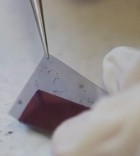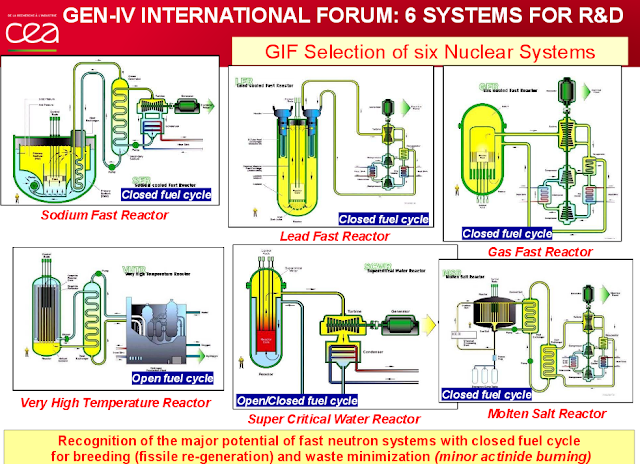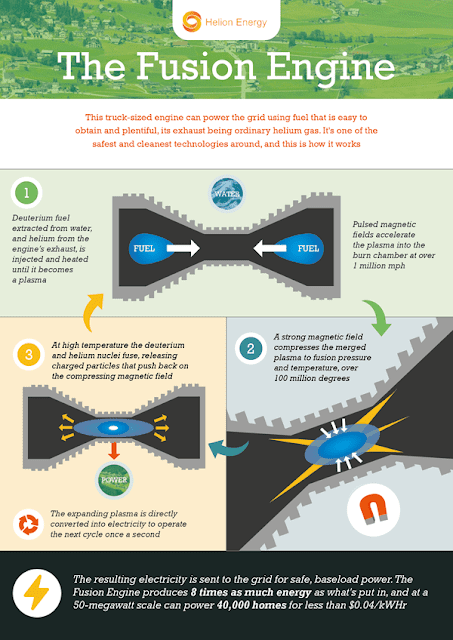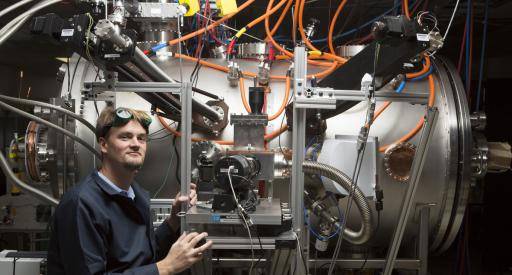ScienceRocks
Democrat all the way!
- Thread starter
- Banned
- #321
Samsung Develops Tech to Double Lithium Battery Capacity
The research arm of Samsung Electronics announced on June 25 that it has developed a technology to make a silicon cathode material for coating high crystal graphene on a silicon surface to realize an energy density almost two times more than that of existing lithium batteries.
Existing lithium batteries, which were developed and commercialized by Sony in the 90’s, has been developed in a way of extending the capacity rather than increasing the life and density owing to limitations of material itself. The expansion of capacity has remained at best two times more than that of the first commercialized batteries.
Currently, the development of high-capacity battery materials has been mostly done in the United States. In particular, the research is active on silicon as a substitute material capable of raising the capacity more than 10 times that of the graphite currently used as an existing cathode material. There is, however, still the technological problem of the shortening the battery life by repeated charging and discharging.






